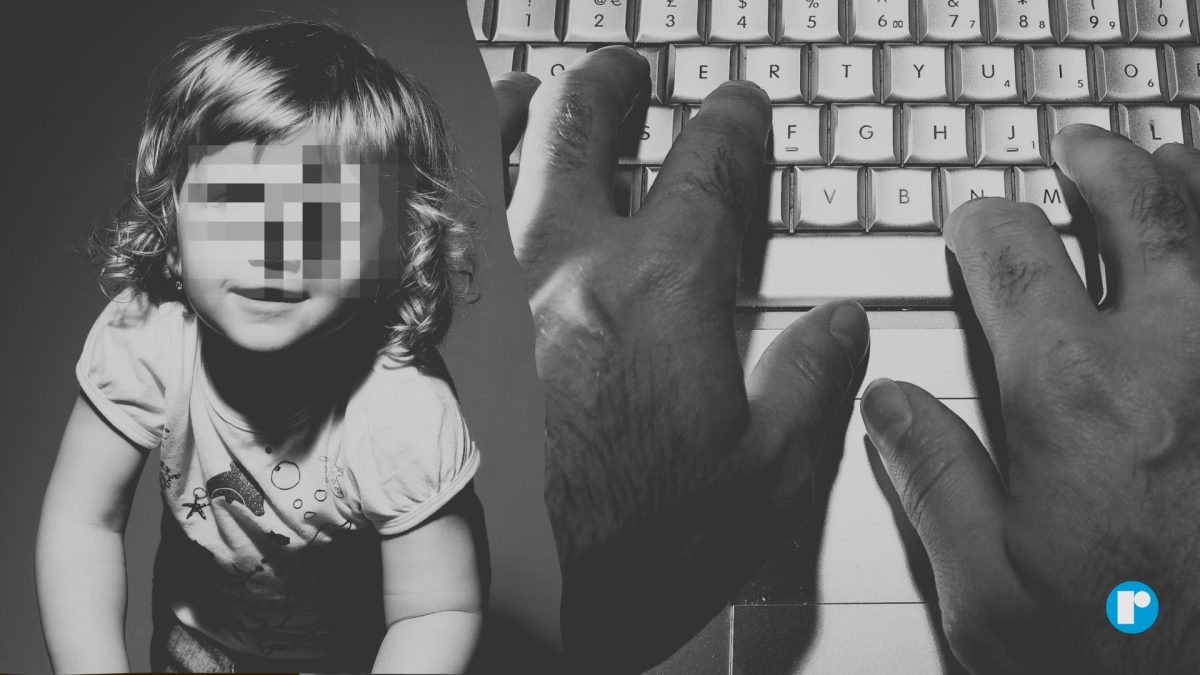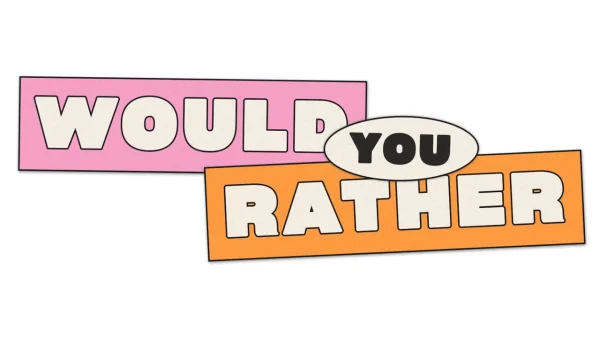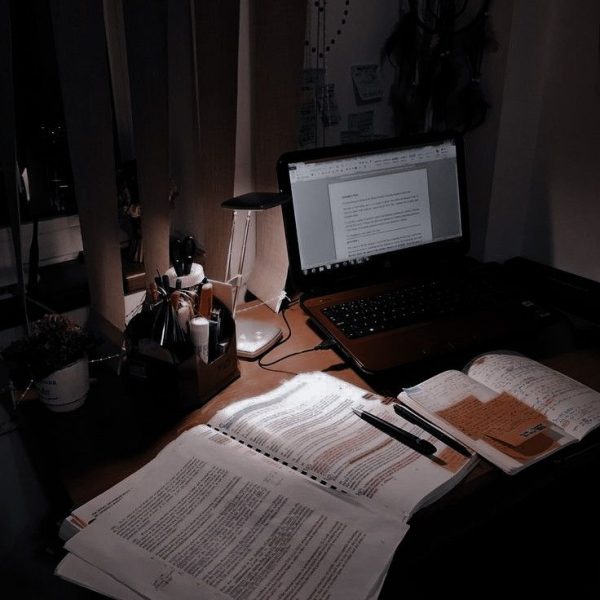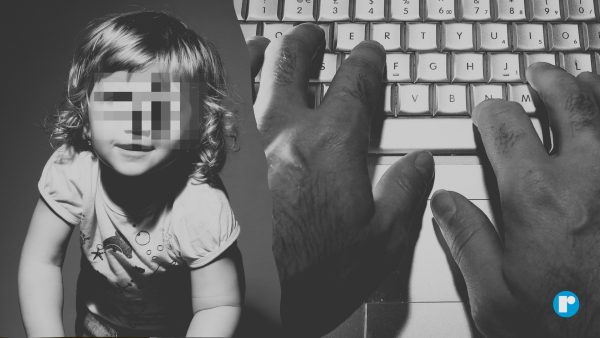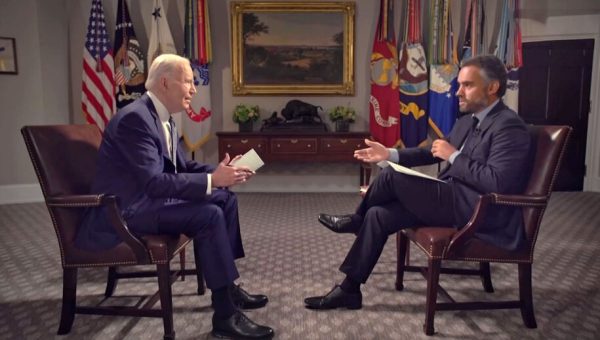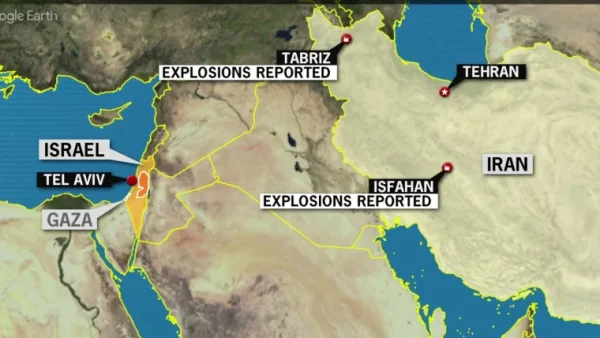US Regulators Shut Down Silicon Valley Bank
May 11, 2023
Silicon Valley Bank was shut down by US Regulators on March 10, with $209 billion in assets. It became the second largest bank failure in US history as a quarter of their total deposits ($42 billion) were withdrawn in one day. This occurred after their efforts to raise more capital had failed.
The Silicon Valley Bank has raised tensions and several concerns regarding the potential losses of Central banks worldwide as interest rates increase.

“Silicon Valley Bank would not have lost money if they hadn’t run out of cash to give back to their customers,” he said. “The issue was that people wanted money and they didn’t have it – they had it invested, and those investments were down.” – Alexander Yokum claims that banks specializing in single industries are vulnerable to rapid withdrawals.
The California financial regulation agency revealed the Silicon Valley Bank had a negative cash balance of about $958 million, resulting from a company writing checks for more than it had in its checking account.
Many investors were worried, “I’m on my way to the branch to find my money right now. I tried to transfer it out yesterday didn’t work. You know those moments when you might be screwed, but you’re unsure? This is one of those moments,” one start-up founder told the BBC.
The California Department of Financial Protection and Innovation left several Silicon Valley Bank clients and other parties wondering about the status of their funds on deposit and whether or not they can conduct proceeding business. So what exactly are the next steps?
Depositors were guaranteed access to their funds and bank deposits of up to $250,000 after transferring these amounts to another bank through a check or electronic transmission. Suppose the amount of money in the depositor’s account is more significant than $250,000. In that case, it is advised to contact an FDIC Claims Agent and schedule an appointment to review the depositor’s account to determine the insurance on the uninsured part of the account. Personal checks, new deposits, bill pay, and debit cards were determined to be resumed on March 13 but hold an end date, and direct deposits were sustained. Yet, customers are advised to seek a new financial institution as soon as possible. While payments must still be made, all lines of credit—including home equity lines—are permanently frozen as of March 10, 2023, and clients should establish new lines of credit with new lenders. IRA accounts (IRA/Individual Retirement accounts is an account for your retirement that allows you to delay paying taxes until the money is withdrawn) under Silicon Valley Bank are given 60 days to reinvest into a new vehicle to qualify for income tax rollover. Loan payments should be continued to Silicon Valley Bank, as the FDIC plans to sell loans and not allow foreclosure acts.
For now, it is expected that depositors will have access to $250,000, that no particular actions need to be taken to access insured or guaranteed investments, transfers made before the shutdown are not susceptible to taxation, and that the FDIC will make a payment to any uninsured depositors between March 13 to March 20.
The Silicon Valley Bank, otherwise known as the 16th largest bank in America, was one of the biggest bank failures in US history, causing tension and worry amongst customers, investors, and counterparties that will hopefully be avoided.






